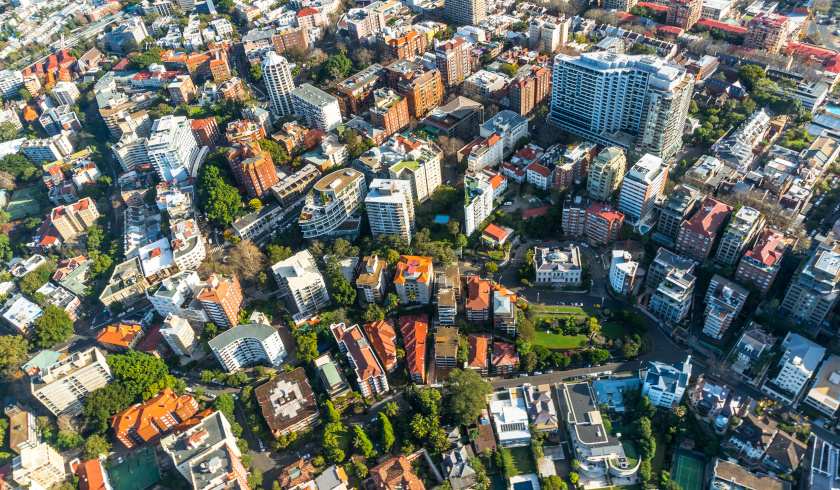Tenants consider health benefits and perks of rentals, study finds
Tenants are increasingly factoring health considerations into their decisions when choosing a rental, a trend which investors should be aware of when marketing their properties.

The paper, ‘Physical Activity-related Health and Economic Benefits of Building Walkable Neighbourhoods: A Modelled Comparison between Brownfield and Greenfield Developments’, published by Melbourne’s RMIT University in the International Journal of Behavioural Nutrition and Physical Activity reveals that higher density properties located close to transport, infrastructure and amenities also has health benefits for those that live there.
The researchers looked at two case studies in different areas in Melbourne, Altona North and Truganina.
Altona North is a high density, industrial development site with nearby amenities and infrastructure, while Truganina is a low density area on the urban fringe.
The study, authored by Dr Lucy Gunn and Dr Belen Zapata-Diomedi, compared these two suburbs to each other, and found those who moved to Altona North saw an extra month’s worth of healthy living without chronic diseases related to physical inactivity, like type 2 diabetes, heart disease and colon cancer, and also created an economic boon of $4,500 per person for the country over their lifetime.
These health benefits, co-author Dr Lucy Gunn said to Smart Property Investment, stem from creating a walkable area.
“It's things like density, the mix of destinations – and destinations are quite important, because people go to the supermarket to buy their groceries. They might go to the doctor which is healthcare, but it’s a key destination that’s very important for living in your home area,” Dr Gunn said.
“Making it easy for people to get from A to B in terms of the way the streets are laid out is also very important.
“We call these that combination of things, in particular density, mix of destinations, the street grid, when you combine those things, if they are particularly good, you end up with a walkable area, so people tend to do more physical activity.”
If an area is more walkable, this then means an area can be considered to be more livable, she said.
Newer suburbs located on urban fringes, like Truganina, are 20 to 30 years off before those livable qualities can be established.
“People have to travel longer distances in these new suburbs, there tends to be less infrastructure, less key destinations, lack of density, lack of people means you have less demand and less services being provided for them, it takes time for that to come,” Dr Gunn said.
“You have people who have to drive everywhere; they’re not being physically active, so it translates to reduction in health.”
The features that can be considered livable also align with various factors that can contribute to the long-term capital growth of a property, Dr Gunn added.
“If you’re renting the property, if it’s in a good location and it’s got all of these amenities, so the access to services, easy to walk around, people like that, because it's how they want to live,” she said.
“They don’t necessarily want to be driving from A to B simply because that’s the only place they can afford to live.”
Developers, too, are finding the livable qualities are important to residents, and as such are balancing them out with profit.
“Some of the more progressive developers are realising and understanding that you build the right kind of development, you build it with these livability objectives in mind, so having the right amount of density, having the right access to destinations, having provision of property, having good streets which have maybe cycling infrastructure; they’re allowing people to have a more livable way of living, simply because the environment supports that,” she said.
“That translates into higher values. So, it’s not malaligned to the objectives of creating profit and getting the best bang for buck out of their development.”
The future applications of this study, Dr Gunn said, would be to see future infrastructure spending take into account the health of those who use the infrastructure, as she said it simply is not being taken into account at the moment.
“This idea that people … actually gain from living in healthy environments, it hasn’t been factored into major infrastructure decisions, and this is something I think that can happen at that higher government level,” she said.
“With Melbourne’s booming population and the state government announcing 50,000 housing lots for 12 new suburbs on the city’s fringe, our study offers support and evidence for rethinking urban design.
“Clearly there are benefits to more walkable residential developments that are not being accounted for by authorities in the decision-making process.”
